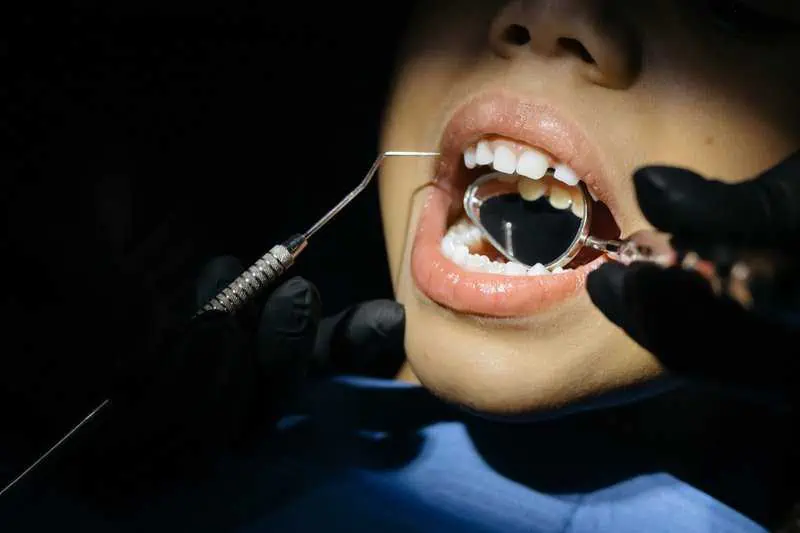
If you’ve been told by your pediatric dentist that your little one may need a frenectomy and you’re looking for more information about the procedure, you’ve come to the right place. Join your pediatric dentist in Spring as we cover the ins and outs of frenectomies and the incredible impact they can have on people’s lives.
Unraveling Frenectomies: Understanding the What and Why
At its core, a frenectomy is a relatively simple surgical procedure that can bring relief to individuals facing various challenges due to an overly tight or prominent frenulum. But what exactly is a frenulum? This thin band of tissue can be found in several areas of the body, but we will primarily focus on the lingual and labial frenulum, as they are the most commonly addressed in frenectomies. In some cases, these frenula can be unusually short, tight, or positioned in a way that restricts normal movements, leading to a range of issues.
Lingual Frenulum
This is the band of tissue that connects the underside of your tongue to the floor of your mouth. Frenectomies on this band are used to correct tongue-ties.
Labial Frenulum
This is the band of tissue that connects your upper gums to your front teeth. Frenectomies on this band are used to correct lip-ties.
Frenulum-Related Challenges
Frenulum-related challenges can manifest in people of all ages, from infants to adults, but are most commonly diagnosed and treated in infants. These conditions are often called lip-ties, which limits lip movement, or tongue-ties, which limits tongue’s range of motion. In newborns, an excessively tight frenulum can cause difficulties with breastfeeding, leaving both the baby and mother frustrated and fatigued. As children grow, an untreated tongue-tie or lip-tie can lead to speech impediments, making it harder for them to articulate certain sounds. Social and emotional issues may arise due to communication struggles, potentially affecting their self-esteem and confidence.
Thankfully, the solution to these challenges lies in the straightforward and effective procedure of a frenectomy. Through this minor surgical intervention, your pediatric dentist in Spring can release the tight frenulum, providing increased freedom of movement and alleviating associated problems.
What to Expect During a Frenectomy
During a frenectomy, your pediatric dentist will carefully assess the frenulum’s condition and determine the appropriate technique for the procedure. Two common methods are:
Traditional Frenectomy – In this approach, your healthcare provider uses sterile scissors or a scalpel to precisely cut the frenulum, releasing tension and allowing for improved movement.
Laser Frenectomy – Utilizing advanced laser technology, the dentist vaporizes or removes the problematic tissue, resulting in minimal bleeding, reduced discomfort, and faster healing.
A frenectomy is often a quick procedure and infants usually have little recovery and can typically return to eating right away. In toddlers or younger kids, recovery can take about three to five days.
If your child needs a frenectomy, don’t sweat. It is a simple yet transformative procedure that has the power to unlock numerous possibilities for those facing challenges related to tight frenula. From enhancing breastfeeding in newborns to improving speech and oral health in children and adults, the benefits are vast. Of course, if you have questions, talk to your Spring pediatric dentist.
If you’ve been told by your pediatric dentist that your little one may need a frenectomy and you’re looking for more information about the procedure, you’ve come to the right place. Join your pediatric dentist in Spring as we cover the ins and outs of frenectomies and the incredible impact… Read More…